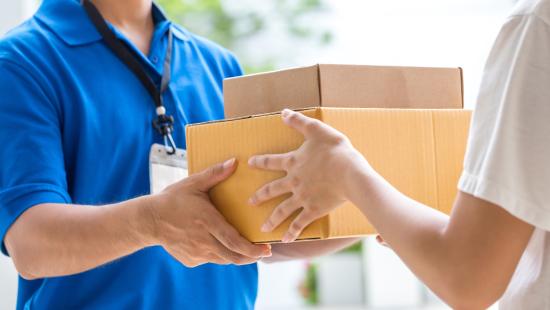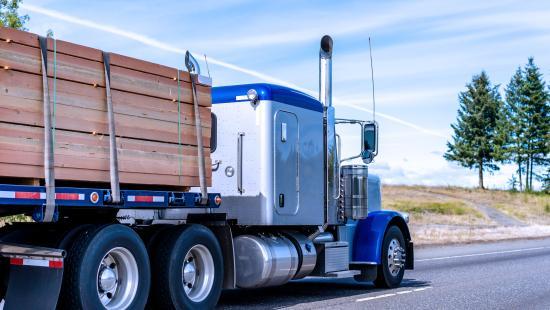How Does Consumer Location Impact Ecommerce and Home Delivery Expectations and Actions?
As retailers learn more about delivery personas, they need to understand how the geographic location of consumers changes their ecommerce buying and home delivery preferences. We evaluated the results of Descartes’ second annual ecommerce and home delivery study to see how 2,500 consumers in cities, suburbs, and rural locations in the U.S. think differently.
The analysis shows that consumers have much different preferences based on where they live. Retailers need to adapt their ecommerce and home delivery strategies based upon consumer location to increase revenue and reduce costs while making the customer experience more relevant.
Buying Behavior
Descartes examined a number of factors to see how consumers’ location impacted their buying decisions, starting with age. Respondents living in city centers tended to be much younger and respondents living in rural areas much older (see Figure 1). Suburb respondents were more evenly balanced across the age spectrum.
This is important to understand as age plays a significant role in consumers’ ecommerce buying and home delivery preferences and expectations. To learn more about the impact of age on ecommerce and home delivery perceptions go to Home Delivery for the Ages: The Demographic Opportunity.
What Is Your Age?

Buying patterns also differed by consumer location. City center dwellers were much more likely to have increased their ecommerce purchases in the past year (see Figure 2). This is also reflected when respondents were asked if there were any types of purchases that were made for the first time in the last year: 74% of city center respondents indicated they made online purchases in new categories while only 56% of suburb respondents and 60% of rural respondents ventured into new purchasing territory.
Some of this can be attributed to age as younger buyers are more mature in their ecommerce buying habits and older consumers are more likely to have fixed incomes and to be impacted by the significant increase in inflation over the last year.
Which of the Following Statements Best Describes How Your Online Buying Behavior Has Changed in the Past Year?

Regardless of location, respondents agreed that they intend to increase the percentage of ecommerce purchases with home delivery over time (see Figure 3). Again, city center dwellers had the highest degree of previous, current or anticipated use and there was a decline as consumers were more dispersed geographically.
What Proportion of All Your Purchases Did You Make Online and Have Delivered to Your Home?

The primary reasons cited for the increase that were most impacted by consumer location were a form of convenience and the improvement of delivery processes, but the effect was the opposite (see Figure 4). As consumers are more dispersed geographically, travel to pick-up purchases also increases and home delivery becomes more important.
Delivery processes, however, have not improved uniformly and city center respondents are much more favorably impacted by performance improvements than respondents from suburbs or rural areas. Retailers and delivery agents should take notice that they have significant room for improvement in their non-urban delivery operations—and it could be an opportunity to gain more business as non-urban respondents favor the convenience.
Going Forward, Why Will You Receive More Online Purchases Via Delivery Than You Did a Year Ago?
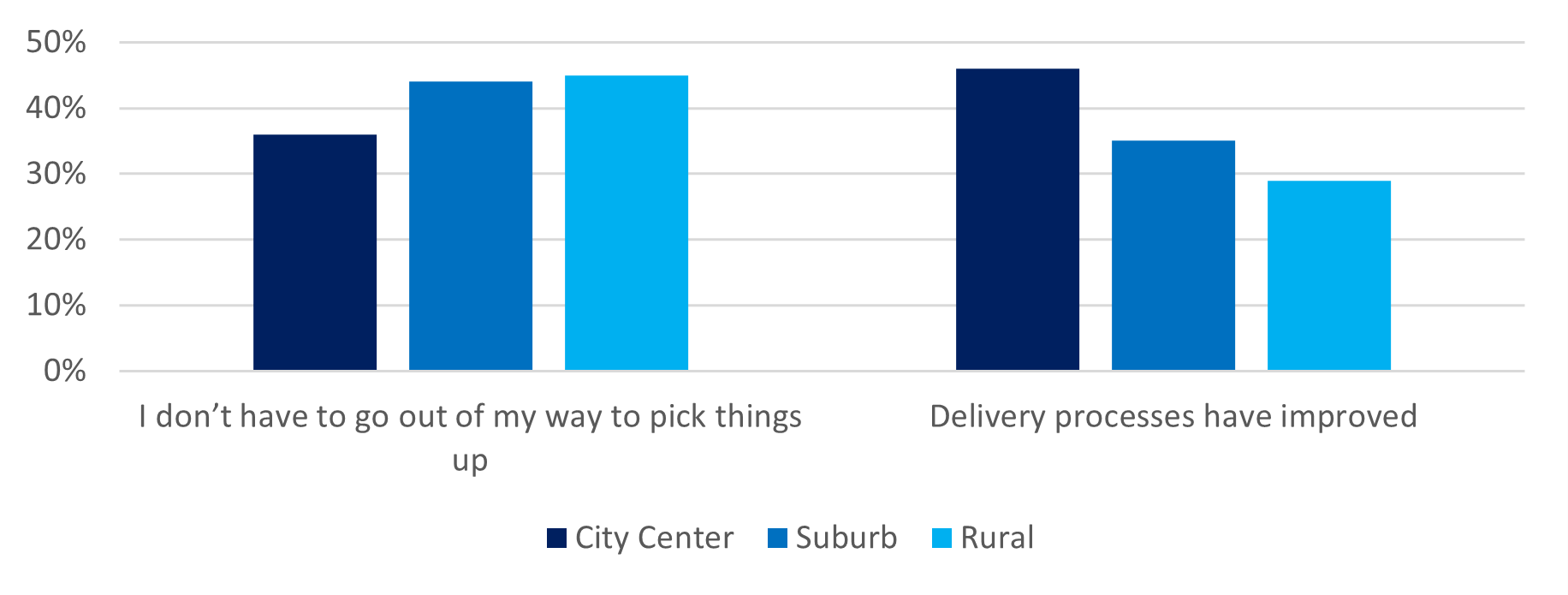
Hindering consumers from increasing online purchases with home delivery also had some significant differences based upon location (see Figure 5). Less disposable income impacted rural residents the greatest while distance played a factor in the need to see the product before buying it.
Rural respondents were also much less likely to be impacted by bad delivery experiences. If these results are combined with the previous question, it is evident that rural consumers are not getting the level or diversity of delivery services they desire.
What Will Put You Off Making More Online Purchases in Future - Compared to Now?

Delivery Preferences
Consumer delivery personas highlight the distinct differences that motivate consumers. Descartes asked consumers to make trade-offs between different aspects of deliveries: cost, speed, precision and the environment (to learn more about delivery personas go here). Where customers live has the greatest impact on cost and, to some degree, speed and precision and the environment (see Figure 6).
City center respondents were much less cost-focused and showed a more significant preference for speed with precision and for the environment. For suburban and rural respondents, the focus was clearly on cost. The importance of the environment to city center respondents was also seen when respondents were asked if they would “think twice” about the environmental impact of deliveries: only 26% indicated it was never a consideration, but this number grew to 44% for suburb and rural respondents.
What Best Describes Your Delivery Preference?

City center respondents have much higher expectations across a number of delivery process elements (see Figure 7) compared to suburb and rural respondents. This includes choices in delivery options and convenience to contactless deliveries, environmental performance, knowledge of the delivery service used and local shops. Responses from suburb and rural respondents were similar and placed importance on knowledge of the delivery service used, having delivery option choices and delivery convenience.
How Important to You Are Each of the Following Elements of the Delivery Process?

When it comes to satisfaction with elements of the delivery process, there was much tighter alignment across the geographic areas, with city center dwellers being the most satisfied overall. This is a little surprising given that city center respondents had much higher expectations of delivery performance and may be tied to their higher rating of delivery process improvement.
Overall, How Satisfied Are You with Each of the Following Elements of the Delivery Process?
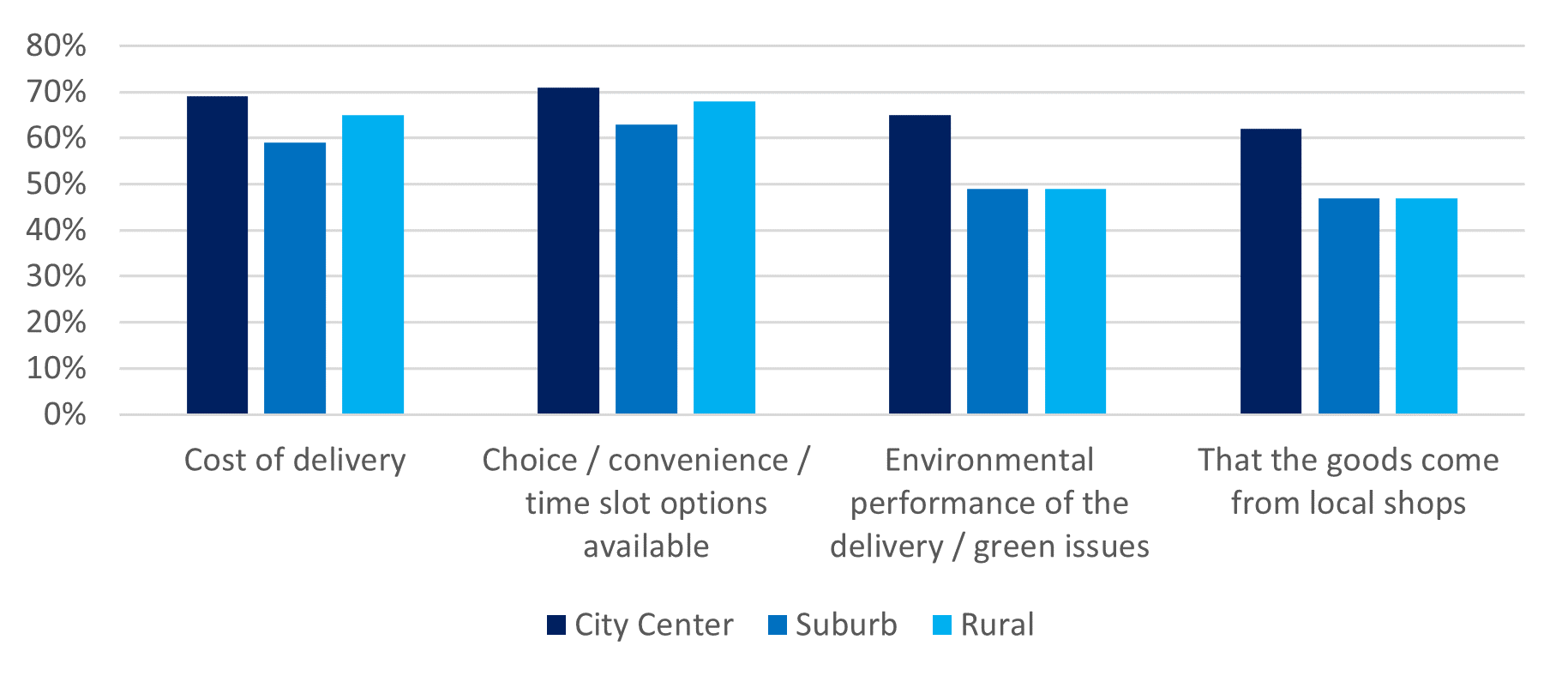
Having delivery options to choose from is high on the list of priorities, in particular for city center respondents (see Figure 9). The results show that city center respondents are prime candidates for delivery services that reduce costs (e.g., combing orders) and those that increase revenue (e.g., pay more for faster delivery or convenience).
City center respondents are also very interested in knowing the most environmentally-friendly delivery options, which are also typically the lowest cost options.
How Interested Would You Be in Receiving a Delivery Service that Allowed You the Following Options?

Delivery Experience and Actions
The explosive growth of ecommerce and home delivery amid pandemic challenges gave retailers and delivery agents a “pass” as delivery performance was problematic. Now, as growth is slowing, consumers are expecting a return to the higher levels of delivery service that existed pre-pandemic.
However, labor shortages and home delivery quality continue to impact performance. To gauge the level of delivery challenges, respondents were asked if they experienced any delivery issues during a 3-month period.
City center respondents were the most affected with 78% reporting an issue while 69% of suburb and rural respondents reported an issue. Some of the difference between the two results can be attributed to the much higher performance expectations held by city center respondents.
The difference in city center versus suburb and rural respondents was also seen in the actions taken after the issue was experienced. Suburb (36%) and rural (41%) respondents were much more “forgiving”, not taking any action versus 23% of city center respondents. Again, city respondents were much more likely to take some action that could potentially damage retailer revenue or reputation (see Figure 10).
What, if Anything, Resulted from This/These Issue(s)?

Retailers: Leverage Consumer Location and Delivery Personas in Delivery Strategies
The geographic analysis shows that there are clear differences in the ecommerce and home delivery preferences and perceptions of city center, suburb and rural respondents. City center respondents are much more demanding and likely to act if delivery performance is poor.
However, these same respondents are much more likely to use delivery services that increase revenue or to select delivery options, including eco-friendly ones, that reduce delivery costs. Suburb and rural respondents are much more cost-focused, have lower expectations for delivery service types and performance and are less likely to act on a delivery failure.
To help retailers better understand what strategies they should employ, Descartes mapped consumer geographic location preferences to recommended delivery personas (see Figure 11). By tailoring selling and delivery options to these unique groups, retailers will be better aligned with consumers’ expectations based upon their geographic location, and better positioned to improve the customer experience and top- and bottom-line performance.
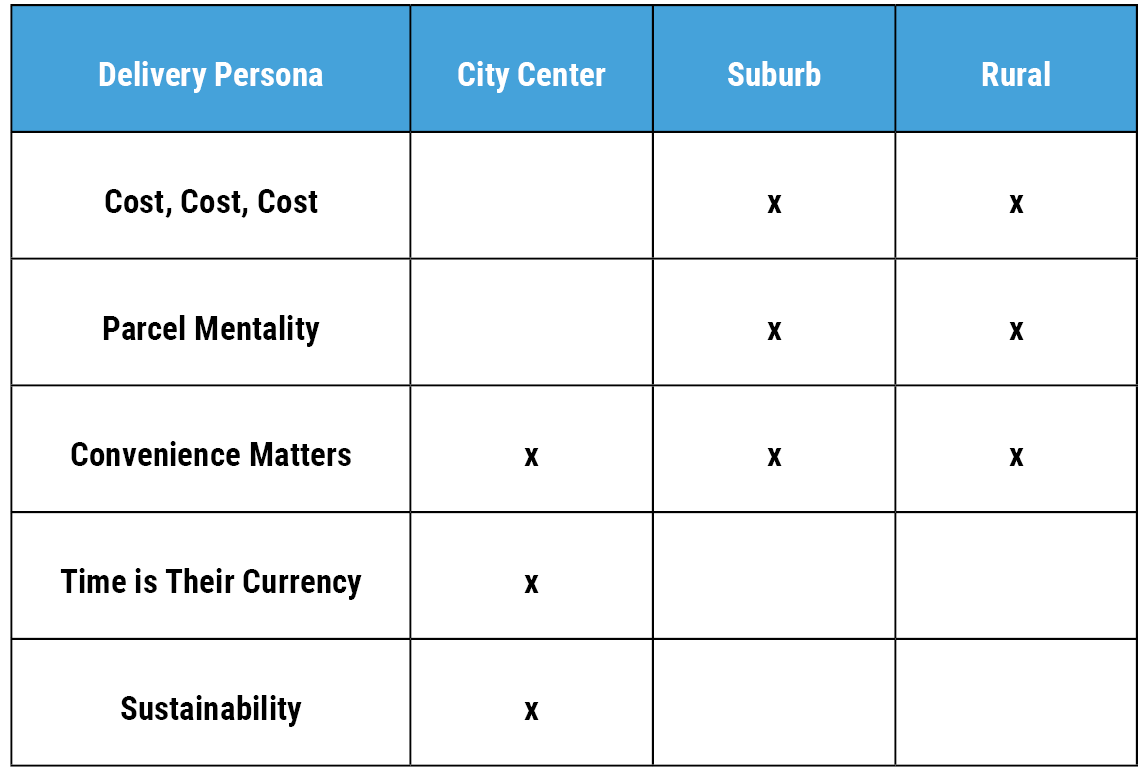
Get the Full Study Results
Two of the top consumer trends, home delivery and sustainability, are seemingly at odds, yet both are fully embedded in the behavior of most consumers and increasing in importance. How are consumers reconciling the two in their minds and what should retailers do to meet their expectations?
Fleet Resource Center
Expand Your Routing, Mobile & Telematics Knowledge
Recommended For You
